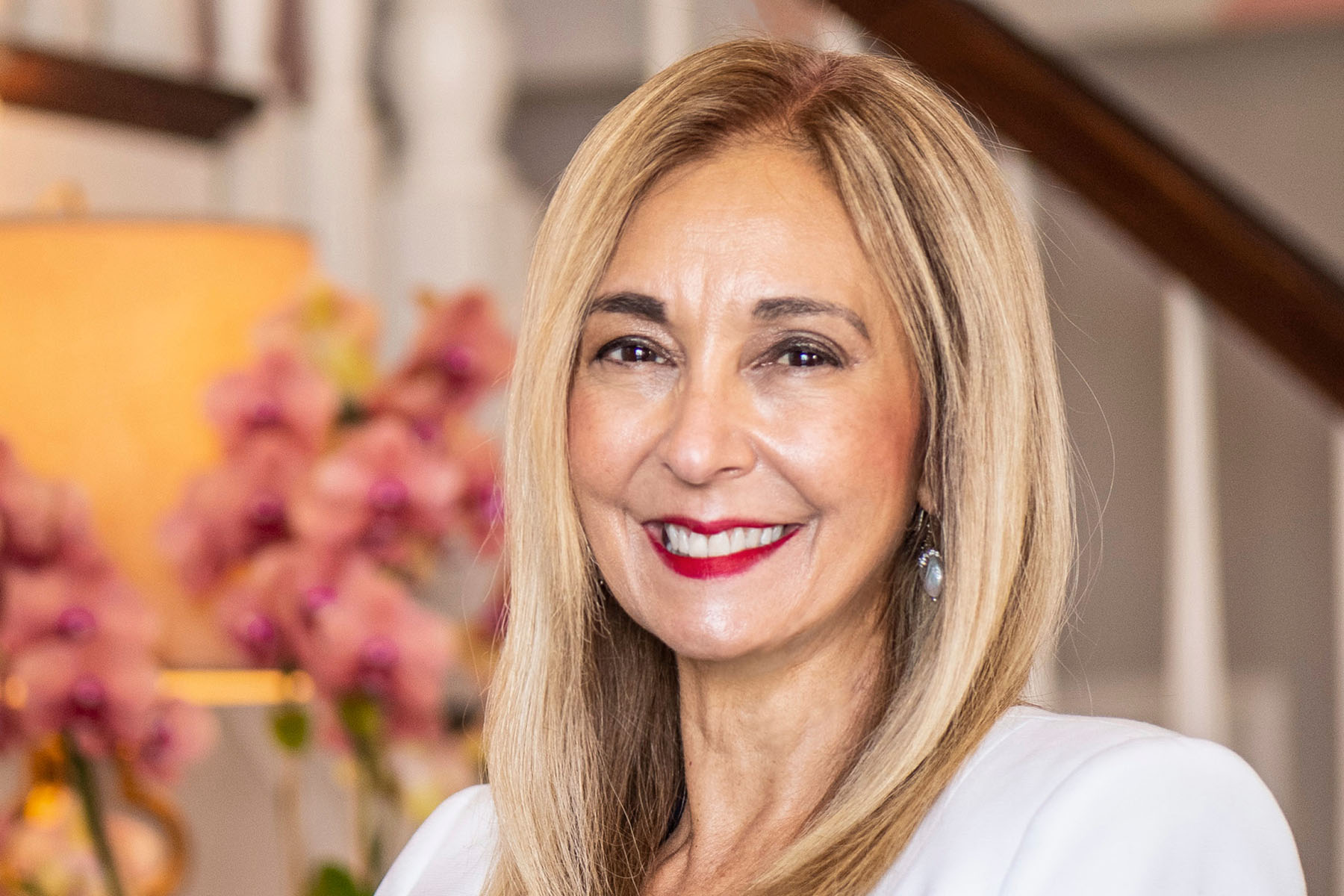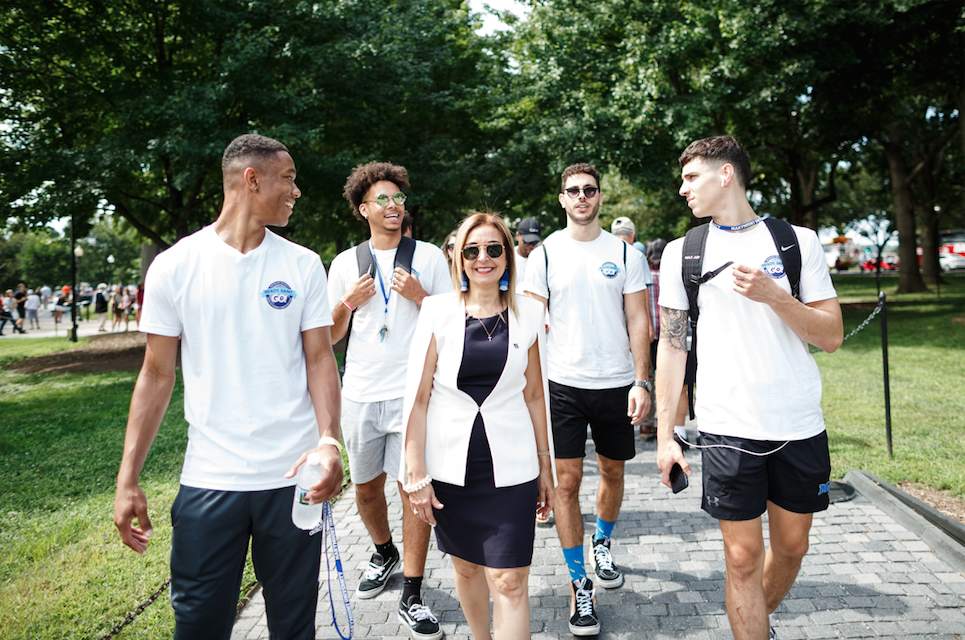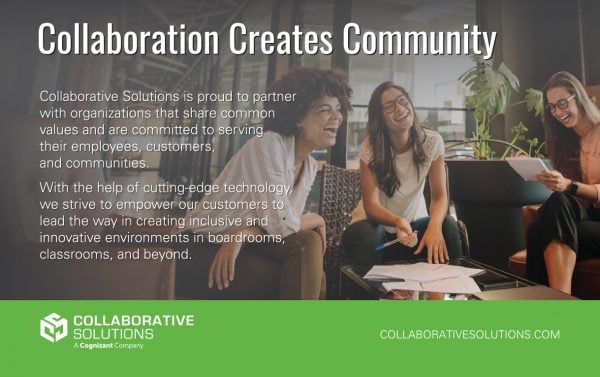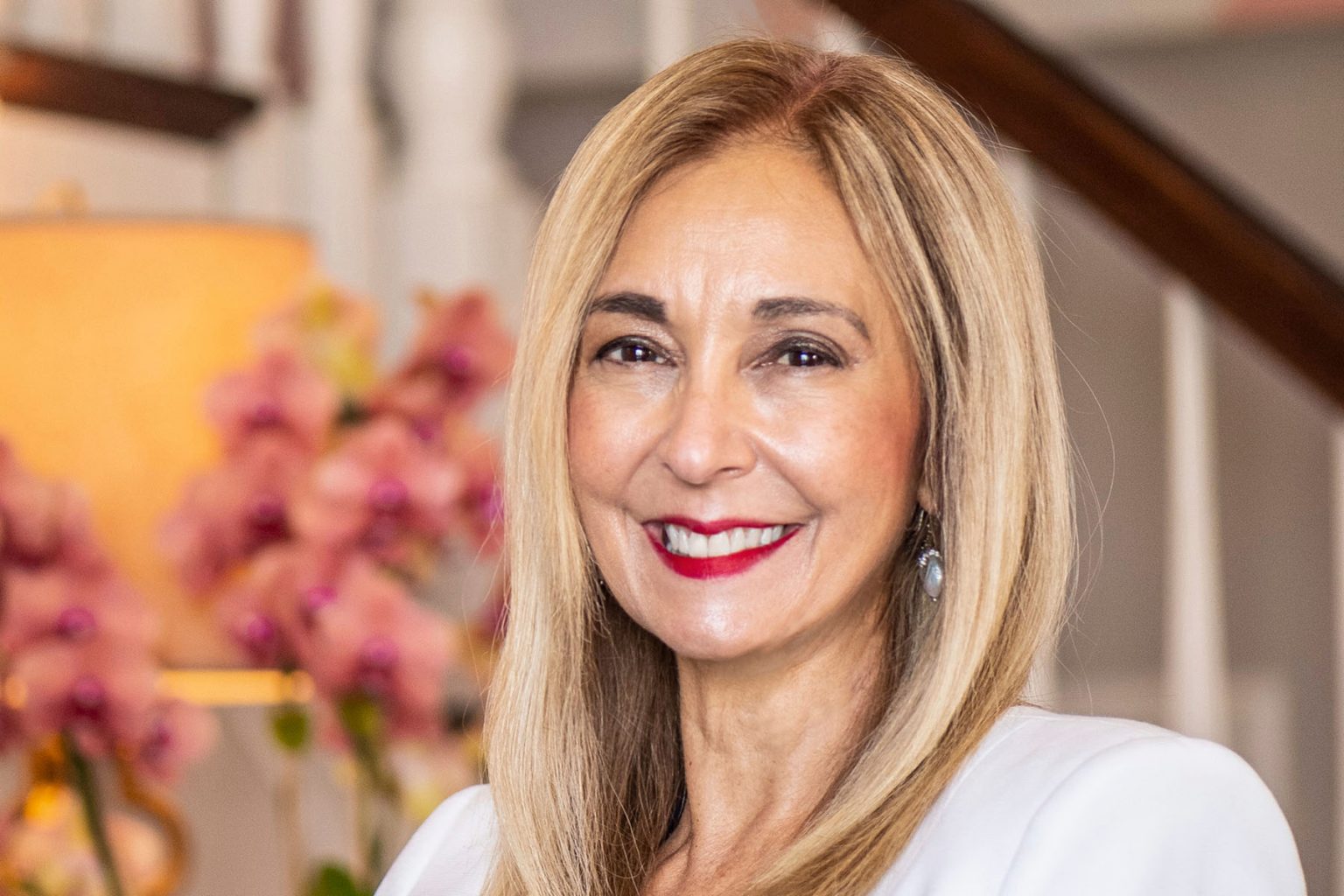As a child, Irma Becerra’s grandparents instilled in her a belief that “no-one can take away your education”. Having migrated from Cuba to the US during the revolution when she was just a baby, her family had to start again from nothing.

“My formative years gave me a passion for knowledge,” she tells The CEO Magazine. After earning her bachelor’s degree and then a master’s degree in electrical engineering at the University of Miami, she became the first woman to earn a PhD in electrical engineering from Florida International University.
Now, as the seventh President of Marymount University in Arlington, Virginia, she is passing on her love for education to her students while supporting their needs. Founded in 1950, Marymount University has grown from a two-year college for women into a comprehensive, coeducational Catholic university serving about 3,500 undergraduate and graduate students.
More than 50 of these are Dreamers – young immigrant students who are protected under the Deferred Action for Childhood Arrivals program. Unable to receive federal financial aid, or to even work, these students face great difficulty in putting themselves through college.
“One challenge I faced right away at Marymount University was developing ways to financially assist our many Dreamer students,” Irma reveals. “Through no fault of their own, they were brought to this country at an early age and are now striving to make America stronger.”
Among the first meetings Irma attended when she became President in 2018 was one with members of Marymount’s Dreamers Club, who shared their financial struggles. “Since then, we’ve accomplished so much for this group of students,” she says.
Those strides include Marymount becoming a partner university with TheDream.US, the nation’s largest college access and success program for Dreamers. “We’ve worked closely with Virginia’s Dream Project, established our own Marymount scholarship fund for Dreamers and, just recently, we became the first Hispanic-Serving Institution in the Commonwealth of Virginia,” she adds.
Irma highlights another boost for the university’s Dreamers: a newly passed bill will allow undocumented students to receive Virginia Tuition Assistance Grant funding. “This is something I lobbied for in a Virginia House Education subcommittee, where I offered testimony on the importance of expanding education access for Dreamers,” she points out.
We should be offering a personalized educational environment that is customized for a student’s preferred learning style.
This is just one example of the positive change Irma has achieved since taking up the reins. “When I came on board, Marymount already had high-level academic and student performance,” she reflects.
“What it needed was a new management team and overall infrastructure, which included significant technology upgrades.” A five-year strategic plan called Momentum was put in place, laying out a new vision for the university – that it will be nationally recognized for innovation and commitment to student success, alumni achievement, and faculty and staff excellence.
“To make this happen, we are focusing our efforts on four pillars: embracing our distinctive identity, offering transformative experiences, fostering a vibrant community and ensuring a sustainable future,” Irma explains.
Momentum goals include the enrollment of 10,000 students in the university’s undergraduate and graduate programs, retention of more than 90% of entering first college and transfer students, and the doubling of its four-year graduation rate to 80%.
The onset of the COVID-19 pandemic in March 2020 catalyzed many of the improvements that were already underway, particularly in the field of technology. When the virus prompted campus closures across the US, many universities were left scrambling to put necessary arrangements in place.
But Marymount succeeded in transitioning its nearly 700 courses online in just a matter of days. “Our faculty demonstrated flexibility and agility in providing a high-quality academic environment despite the circumstances,” Irma reflects.

“Our students were very understanding when this transition took place but, while this style worked on a temporary basis, we heard from them that they missed the in-person, face-to-face instruction they were used to.”
A Return to Campus Task Force was created to help the university return to on-campus learning and living by fall. Over many months, they put in place solutions such as a hybrid class format, investments in personal protective equipment and increased technology resources.
Irma is so proud of Marymount’s response to the pandemic that she highlights it as her greatest professional achievement. “While many other higher education institutions have had their problems dealing with the virus, we only had a 2% positivity rate among community members for the entirety of the fall 2020 semester, and it’s been even lower so far this spring,” she reveals.
The pandemic also made it clear that Marymount’s enterprise technology had to exist in the cloud. Fortunately, the university had started using human resource planning platform Workday since early 2019, allowing it to hire nearly 100 employees during the shutdown.
“It revolutionizes how we manage data, processes and people across campus while delivering an exceptional service experience to our students and prospective Saints,” Irma says. “It is the mechanism for a cultural shift at Marymount and we are grateful to have had the assistance of Collaborative Solutions throughout this process.”
With so many people losing their jobs during the pandemic, providing them with the skills to return them to work is a priority. Marymount has launched a new initiative called ‘Upskilling for the What’s Next Economy’, encompassing modular graduate certificates and degree qualifications.
It has also introduced a “set of stackable graduate certificates” that can combine into a master’s degree in emerging technology. “The nature of this offering is that students can earn certificates slowly, one at a time, or multiple certificates all at once,” Irma notes. “It’s up to them and their schedule.”
These innovations are just a taste of things to come both from Marymount and the wider world of higher education, according to Irma. “There is a need for higher education to move away from the generic, one-size-fits-all approach,” she insists. “Instead, we should be offering a personalized educational environment that is customized for a student’s preferred learning style.”
Proudly supported by:




